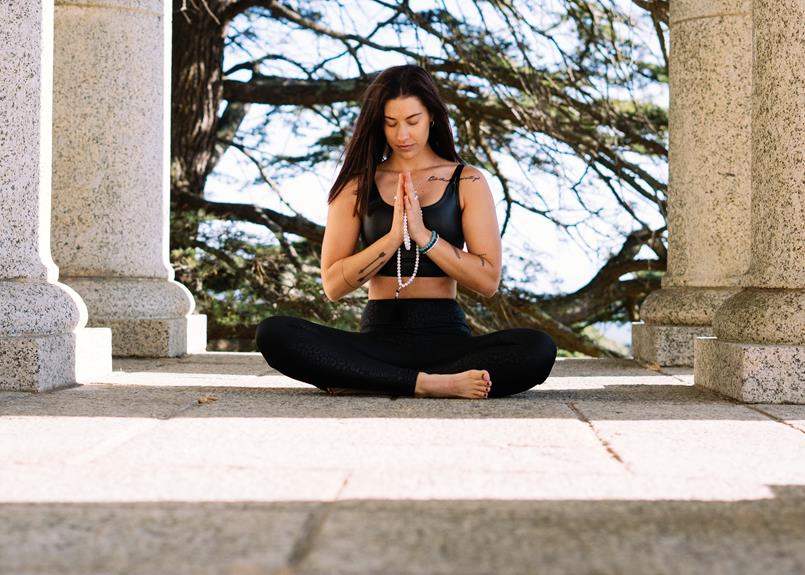Are you seeking a mindful journey of self-reflection? Look no further! Discover the 4 best journaling techniques for cultivating inner peace and awareness. Dive into the depths of your thoughts with stream of consciousness journaling. Harness gratitude's transformative power with a gratitude journal. Explore your innermost desires with prompts and guided journaling. Unleash your creativity and express yourself through visual and artistic journaling. Take control of your journey towards self-discovery and mindfulness through these powerful techniques.
Key Takeaways
- Stream of Consciousness Journaling: Set aside dedicated time and place for uninterrupted reflection, let your mind wander freely, write down whatever comes to mind.
- Gratitude Journaling: Incorporate gratitude journaling into your daily routine, focus on the positive aspects of your life, train your mind to shift its focus from what's wrong to what's right.
- Prompts and Guided Journaling: Encourages deeper self-reflection by providing specific questions or statements, helps explore different aspects of your life or specific topics, sparks creativity and inspiration.
- Visual and Artistic Journaling: Express thoughts and emotions through images and creative mediums, engage in a therapeutic and insightful process, gain a deeper understanding of yourself and your experiences.
Stream of Consciousness Journaling
- Start your stream of consciousness journaling by setting aside a dedicated time and place for uninterrupted reflection. Find a quiet corner of your home, a cozy coffee shop, or a serene park bench where you can focus solely on your thoughts and emotions. This intentional act of creating a designated space for self-reflection will help you maintain control over your stream of consciousness.
- Once you've found your ideal spot, grab your journal and pen, ready to unleash the flow of your thoughts. Let your mind wander freely, without any censorship or judgment. Write down whatever comes to mind, no matter how random or disjointed it may seem. This technique allows you to tap into your subconscious and gain insights that may be hidden beneath the surface.
- As you write, don't worry about grammar, punctuation, or coherence. The key is to capture your thoughts in their rawest form. This unfiltered expression creates a sense of liberation and empowers you to explore your innermost desires, fears, and aspirations.
- Remember, stream of consciousness journaling is about giving yourself permission to fully explore your thoughts and emotions. Don't hold back; embrace the vulnerability that comes with this process. Allow yourself to be in control of your own narrative as you delve into the depths of your consciousness.
Gratitude Journaling
To continue your journey of self-reflection and mindfulness, it's important to incorporate gratitude journaling into your daily routine. Gratitude journaling is a powerful technique that allows you to focus on the positive aspects of your life and cultivate a sense of appreciation. By regularly writing down things you are grateful for, you train your mind to shift its focus from what's wrong to what's right. This practice helps you develop a more positive outlook, reduces stress, and improves overall well-being. To start, set aside a few minutes each day to reflect on what you are thankful for and jot it down in your journal. Be specific and detailed, expressing gratitude for both big and small things. As you make gratitude journaling a habit, you'll find yourself noticing and appreciating the abundance of positivity in your life.
Prompts and Guided Journaling
Enhance your journaling practice by incorporating prompts and guided journaling. These techniques can help you gain more control over your self-reflection and mindfulness journey. Here are three reasons why prompts and guided journaling can be beneficial:
- Encourages deeper self-reflection: Prompts provide specific questions or statements that prompt you to delve deeper into your thoughts and feelings. This helps you gain a better understanding of yourself and your emotions.
- Provides structure and guidance: Guided journaling offers a structured framework to follow, ensuring that you stay focused and on track during your journaling sessions. It helps you explore different aspects of your life or specific topics that you may want to reflect on.
- Sparks creativity and inspiration: The use of prompts can ignite your creativity and help you think outside the box. It encourages you to explore different perspectives and viewpoints, leading to fresh insights and ideas.
Incorporating prompts and guided journaling into your practice can empower you to take control of your self-reflection and mindfulness journey, leading to a more fulfilling and meaningful experience.
Visual and Artistic Journaling
When incorporating prompts and guided journaling into your practice, another effective technique for self-reflection and mindfulness is visual and artistic journaling. This technique allows you to express your thoughts and emotions through images, colors, and creative mediums. By engaging in visual and artistic journaling, you have complete control over how you represent your inner experiences. You can use painting, drawing, collage, or any other artistic form that resonates with you. The process of creating visual representations of your thoughts and feelings can be incredibly therapeutic and insightful. As you engage in this practice, you have the power to explore your emotions in a tangible and visual way, giving you a deeper understanding of yourself and your experiences. So grab your art supplies and let your creativity flow as you embark on this journey of self-reflection and mindfulness.
